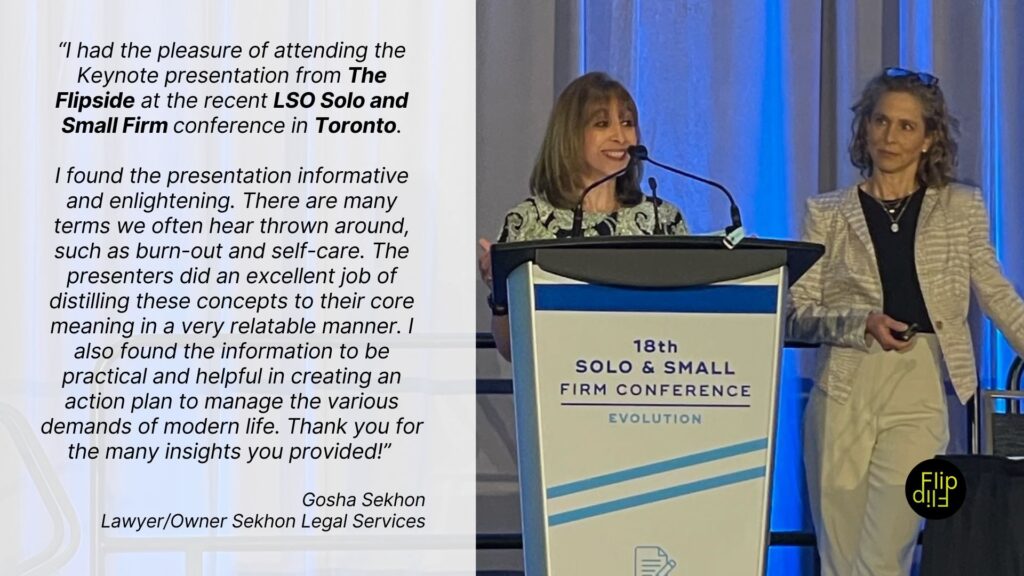Brain
It’s Not About the Dishwasher (It’s About Your Brain)

Because most collaborative work doesn’t fail on the task, it fails in the communication between brains.
When a Simple Question Isn’t So Simple
You walk into the kitchen on a Saturday morning.
You had planned to relax, sip your coffee slowly, and maybe catch up on a novel. But before you can even grab a mug, your partner says, “Did you unload the dishwasher?” Not a “Good morning” or “Hey, love”—just a question that feels like a task grenade.
And boom.
Your chimp brain is up, swinging from the fridge door. Heart rate spikes. Shoulders tense. You’re suddenly annoyed—not just about the dishwasher, but about the laundry, your kid’s teacher, and that one time in 2017 he (she) forgot your birthday.
This, my friend, is what happens when collaborative work goes wrong.
Because whether we’re at home or in the office, most of our stress doesn’t come from the actual tasks. We can handle tasks. It comes from how we work with others to get those tasks done. Or worse, how we don’t.
How many brains?
Remember our chat about the Three Brains? Your chimp (emotional), your human (rational), and your computer (habits). Remember who speaks first? Oh yes, the chimp. It’s emotional, impulsive, and deeply invested in being right, which, as you may have noticed, isn’t always helpful when you’re trying to share responsibilities with your colleague, boss, children or partner.
The human brain, your rational, logical thinker, can eventually take the wheel. But only after the chimp has had its say. This means that most conflicts in collaborative work don’t start with the task itself. They start with the emotion wrapped around the task.
Now, pair your chimp brain with someone else’s chimp brain, and voilà: welcome to the jungle.
Dr. Steve Peters, in The Chimp Paradox, lays out four ways in which two minds can interact:
Human to Human – Ideal. Clear, respectful, rational.
Human to Chimp – Risky. You’re calm, they’re heated.
Chimp to Human – Same problem, other direction.
Chimp to Chimp – Godspeed. This is the argument you’ll both regret and then spend the afternoon pretending didn’t happen.
Unless we consciously choose otherwise, we most likely default to Chimp-to-Chimp communication, especially under pressure, time constraints, or when someone tells us to do something and then insists, we did it wrong.
Let’s Be Honest: Collaboration Is Everywhere
Let’s drop the “if.” It’s not if we need to work with others, it’s when. Working with others isn’t just part of our professional roles; it’s built into the architecture of our lives. Whether you’re raising kids, managing aging parents, collaborating with colleagues, or negotiating common grounds with your neighbour; it’s all collaborative work.
One of the biggest reasons collaboration fails is because we don’t clarify what kind of work relationship is happening at that moment.
It’s Not Delegation, It’s Daily Life
This is where a model by Michael Hyatt—originally used to describe levels of delegation—becomes incredibly helpful. Instead of thinking of it as hierarchical steps, let’s reframe it as five types of collaborative work. Because whether you’re giving a task or receiving one, knowing what kind of involvement is expected and what clarity is required, can make or break your sanity.
Type 1: “Carry out the task as I’ve explained it.”
This is where the task comes with very specific instructions and little room for interpretation. At work, this might sound like, “Please send this email to the client using the draft I’ve written.” At home, it’s more like, “Clear out the dishwasher as soon as you come back from school and put your lunch box item rinsed in the dishwasher”.
The key here is to be crystal clear on the steps and format, even if you’re not micro-managing the how. As the person delivering the task, be sure the other person understands exactly what success looks like. As the receiver, the best questions to ask include: “Would you like me to follow the format exactly, or would you prefer I send it as an attached PDF?”
Type 2: “Research and report back.”
You’re not taking action yet—you’re simply gathering information.
For instance, “Can you look into three vendors for new computers and give me a summary?” might show up in a team meeting. At home, this could be, “Can you find out what the school schedule is for next semester and let me know the key dates?”
This type of work benefits from asking, “What kind of details are most important to you? Price? Technical capacity?” and “Do you want a formal write-up or a quick overview?”
Type 3: “Research and recommend.”
This one requires a bit more brainpower and freedom. You’re collecting information and forming an opinion. In the office, you might be asked to “Explore a few platforms for our virtual event and tell me which one you think fits best.”
There’s more ownership here, but still within a feedback loop. Ask questions like: “Should I prioritize cost, location, or quality?” and “Would you like a shortlist or just my top choice?”
Type 4: “Research, recommend, and get approval before moving forward.”
This is a hybrid: you’re taking initiative but still pausing for sign-off. For example, you might be told, “Draft the new onboarding plan, but let’s review it together before rollout.”
This setup allows for creativity and input but with a safety net. A good approach here is to clarify timelines—”When would you like the draft?”—and the format—”Would you prefer a live review or comments in the doc?”
Type 5: “Own it. You’re in charge.”
This is full trust and end-to-end accountability.
It might be, “You’re now leading the client presentation project. Let me know if you need support,” or at home, “You’re in charge of planning your birthday: budget, guests, logistics. Bring your plan for dinner on Sunday”
If you’re receiving a task like this, your job is to ask what the hard boundaries are, if any: “Are there non-negotiables I need to know about?” or “Do you expect progress updates, and how often?” This kind of task works best when you communicate frequently and make your progress visible, even if no one’s hovering.
The fine print in the package
Now let me leave you with a few things I (strongly) suggest you never say when working with others, whether it’s your partner, your teenager, your boss, or your project team.
First: never, ever say “deal with this.” It sounds efficient, I know, but it’s not. It’s a vague handoff disguised as a command, and it almost guarantees the task will boomerang back to you, unresolved and possibly multiplied, on steroids and with attitude.
Second: avoid (giving or taking) the classic “take your time.” It sounds generous, but let’s be honest, there’s always a time. And if you don’t name it, someone will assume it’s “whenever,” while someone else assumes it’s “yesterday.” That gap in expectations? That’s where the stress, tension, and last-minute panic live.
And finally, when in doubt, run through your 5-W’s: What? When? Where? Who? And swap “why” for “how?”—as in, “How would you like this done?” It’s the simplest fix to avoid circular conversations, mismatched assumptions, and the dreaded “I thought you meant…”
Because most collaboration doesn’t fail on the task, it fails on the conversation around the task. And if we skip the conversation, don’t be surprised when the chimps show up swinging.
Want Better Results? Start With Better Questions
What makes this framework so effective is that it doesn’t just define levels of control; it forces us to have the conversations we usually skip. When you know what kind of collaboration is happening, you can align expectations, avoid assumptions, and prevent a lot of unnecessary chimp outbursts.
So next time someone hands off a task, whether it’s your boss, your partner, or your teenager, try asking questions like: “What does done well look like to you?” “How and when should I deliver the result?” If you are in the giving end, make sure to explain what “well done” looks like for you too. It’s simple and transformative.
Because when we skip those questions, we start relying on assumptions. And assumptions are just unspoken expectations waiting to turn into rumination, those mental loops where we replay what went wrong, what we should have said, or how someone else just “doesn’t get it.”
If we want better outcomes—at work, at home, or in life—we have to start with better communication. Not just between humans, but between the brains inside those humans.
Otherwise, we’re just a bunch of chimps, waiting for someone to say what we need: “I hear you. Now, let’s figure this out together.”
Cheers (to you and your collaborative chimp),
Rosana
Here is a quick guide to keep collaborative work simple… and human.





